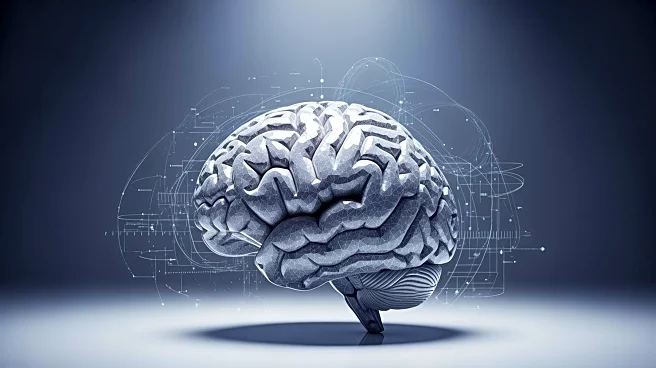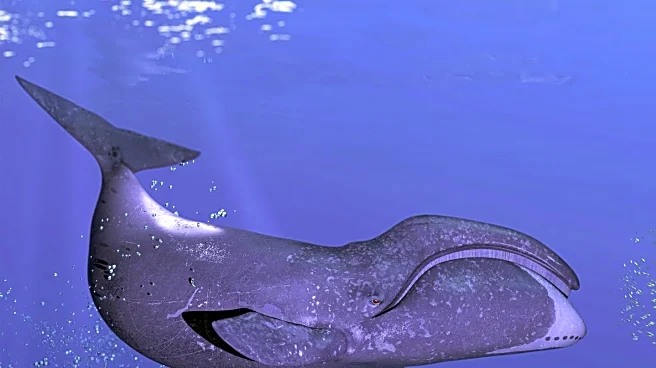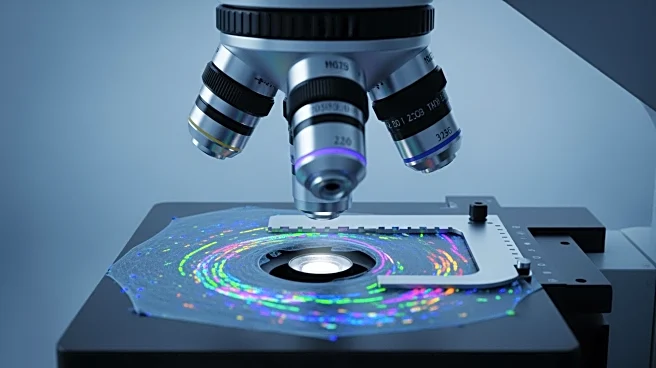What's Happening?
A new high-density diffuse optical tomography (HD-DOT) dataset has been released, providing valuable data for research in naturalistic viewing conditions. The dataset includes information from 58 participants aged 18 to 76, collected at Washington University
in Saint Louis. Participants viewed a clip from the film 'The Good, the Bad, and the Ugly' while their neural activity was recorded using HD-DOT technology. The data has been processed and made available in multiple formats, including NIfTI and SNIRF, to facilitate analysis and sharing among researchers. This dataset aims to advance the understanding of neural correlates in naturalistic settings.
Why It's Important?
The release of this dataset is significant for the neuroscience community, as it provides a rich source of information for studying brain activity in realistic scenarios. HD-DOT technology offers a non-invasive method to explore neural processes, potentially leading to breakthroughs in understanding cognitive functions and disorders. The dataset's availability in multiple formats ensures accessibility for a wide range of research applications. This initiative supports the broader scientific goal of enhancing collaborative research efforts and accelerating discoveries in brain science.
Beyond the Headlines
The dataset's release also highlights the ethical considerations in neuroscience research, particularly regarding participant consent and data sharing. Ensuring that data is used responsibly and ethically is crucial as the field advances. Additionally, the dataset may inspire further technological innovations in neuroimaging, as researchers seek to improve the resolution and accuracy of brain activity measurements. The long-term impact could include new diagnostic tools and therapies for neurological conditions.













